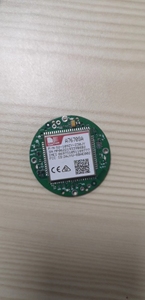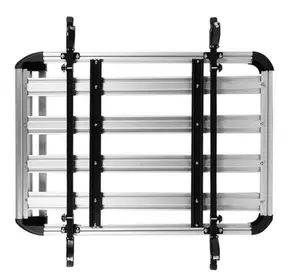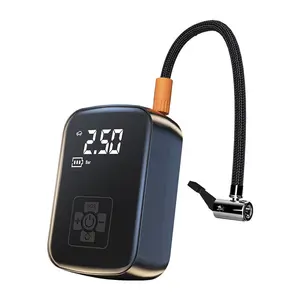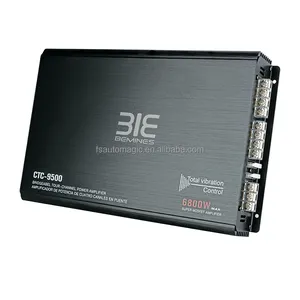Popular in your industry






































































































































































































Top categories
About prisoner bracelet
Understanding Prisoner Bracelets
Prisoner bracelets, also known as ankle bracelet for prisoners, are an integral part of modern correctional facility management. These devices are designed to monitor the movements and activities of individuals under correctional supervision. The category encompasses a range of technologies, including electronic bracelet for prisoners, which are pivotal in ensuring compliance with court-ordered restrictions.
Types and Features of Prisoner Bracelets
The prisoner bracelet comes in various forms, each tailored to specific monitoring needs. The most common type is the electronic monitoring device, which uses GPS technology to track location in real-time. These bracelets are often equipped with additional features such as tamper alerts and geofencing capabilities, which notify authorities if the wearer enters restricted areas or attempts to remove the device.
Applications in Correctional Systems
In the realm of correctional systems, bracelet for prisoners serves multiple purposes. They are utilized to enforce house arrest, monitor parolees, and ensure that pre-trial detainees comply with bail conditions. These devices provide a balance between rehabilitation and the necessity to protect public safety, offering an alternative to incarceration for eligible individuals.
Materials and Durability
Durability and tamper-resistance are crucial for the effectiveness of a correctional officer bracelet. Manufacturers use robust materials capable of withstanding daily wear and tear while being resistant to attempts at removal or destruction. The bracelets must also be waterproof and comfortable enough to be worn for extended periods without causing skin irritation to the wearer.
Advantages of Using Prisoner Bracelets
The use of inmate bracelet systems presents several advantages. They are instrumental in reducing overcrowding in prisons by allowing non-violent offenders to serve their sentences in the community. Moreover, these devices support the rehabilitation process by providing offenders with the opportunity to maintain employment and family relationships while serving their sentence.
Conclusion
Prisoner bracelets represent a significant advancement in correctional technology. By leveraging these devices, authorities can effectively monitor compliance with judicial orders, thereby enhancing the safety and security of the community. The integration of such technology is a testament to the evolving landscape of correctional strategies aimed at supporting both public safety and offender rehabilitation.



















































